It was almost a year ago that Tottenham stormed to a 4–1 win over Aston Villa in north London — a result that, in hindsight, now feels like a distant memory. Dominic Solanke scored twice and James Maddison curled in a stoppage-time free-kick that capped what looked like a statement victory. Few could have predicted the decline that followed.
Since that day, Spurs have managed just three Premier League home wins — against Manchester United, Southampton and Burnley — in a miserable run spanning 17 matches. The contrast with their away form could hardly be starker. Under Thomas Frank, Tottenham have won three of their four league games on the road this term, but home performances remain laboured and unconvincing.
The home-and-away divide
After easing past Burnley on opening day, Spurs were deservedly beaten by Bournemouth and then booed off by their own supporters after scraping a draw against Wolves. Away from home, they’ve looked disciplined, direct, and effective — top of the division for away points collected. But at the Tottenham Hotspur Stadium, tension seeps into every misplaced pass and hesitant touch.
Goalkeeper Guglielmo Vicario’s distribution errors have drawn groans, while slow build-up play often frustrates fans. Frank admitted the mood at home has been “edgy” and called on supporters to back his players through difficult spells. “We need the fans, especially in the tough moments,” he said. “When our fans are behind the team and the stadium is rocking, it’s one of the best places in the world.”
Frank’s test: turning tension into energy
Frank’s immediate challenge is psychological as much as tactical. Spurs thrive when the pressure is off — as seen in their confident counter-attacking wins away from north London — but struggle when tasked with breaking down compact defences at home. It’s a familiar issue for managers who inherit high-expectation squads and anxious crowds.
To fix it, Frank has encouraged players to “create excitement” through quicker transitions and more purposeful possession, while urging fans to “guide” rather than “shout at” them. He knows the noise at Tottenham’s new stadium can either fuel or freeze his team.
Why Tottenham’s midfield balance holds the key
A major factor behind Spurs’ home inconsistencies lies in the balance of their midfield. Away from home, Frank often uses a more defensive double pivot — allowing the front three to spring forward quickly in transition. At home, however, Spurs’ shape becomes more predictable, with the same players tasked with both progressing the ball and covering counters.
Analysts have noted that last year when Yves Bissouma plays alongside James Maddison and Rodrigo Bentancur, Tottenham’s tempo slows as the trio seek to control possession rather than penetrate. The result is sterile dominance — plenty of passes, few clear chances. Introducing an advanced runner, such as Pape Matar Sarr or Lucas Bergvall drifting inside, could add vertical threat and reignite the home attack under Thomas Frank
The message to the fans and players
Frank has made no secret of his desire for a more “joyful” Tottenham — football that excites both crowd and team. “I’m aware we need to play positive and attacking football that gets people off their seats,” he said. “When it’s not going well, we need their help. I’d rather be guided than shouted at.”
The Dane’s words underline his belief that emotional energy inside the stadium directly affects performance. For Spurs to turn their home form around, both sides — pitch and stands — must rediscover the sense of unity that once made the venue intimidating.
Analyst Verdict
In my view, Thomas Frank’s Tottenham are still in the calibration phase. The away success shows his tactical structure works; what’s missing is the spontaneity and confidence required to dominate possession sides at home. Once his midfield combinations click, the mood at the stadium will shift naturally.
FootballPlace analyst John William notes: “Spurs have a solid foundation under Frank. Fixing the home tension isn’t just about results — it’s about rhythm, courage, and crowd chemistry. When those align, they’ll be a top-four force again.”
Key Insights
- Spurs have won just three of their last 17 Premier League home games.
- Thomas Frank has led them to the best away record in the league this season.
- Home tension and slow play have frustrated supporters at the new stadium.
- A rebalanced midfield could improve tempo and attacking cohesion.
- Frank has called on fans to “guide” rather than criticise his players.
What’s Next for Spurs and Thomas Frank
Tottenham host Aston Villa looking to end their home slump and restore belief among supporters. A positive result could ease pressure and strengthen Frank’s grip on the evolving squad.
Long-term, Frank’s next challenge is consistency. If Spurs can translate their disciplined away structure to their home environment, they’ll re-establish themselves as credible contenders in the race for European qualification.
👉 Can Thomas Frank finally turn Tottenham’s home tension into a winning edge at the Tottenham Hotspur Stadium?

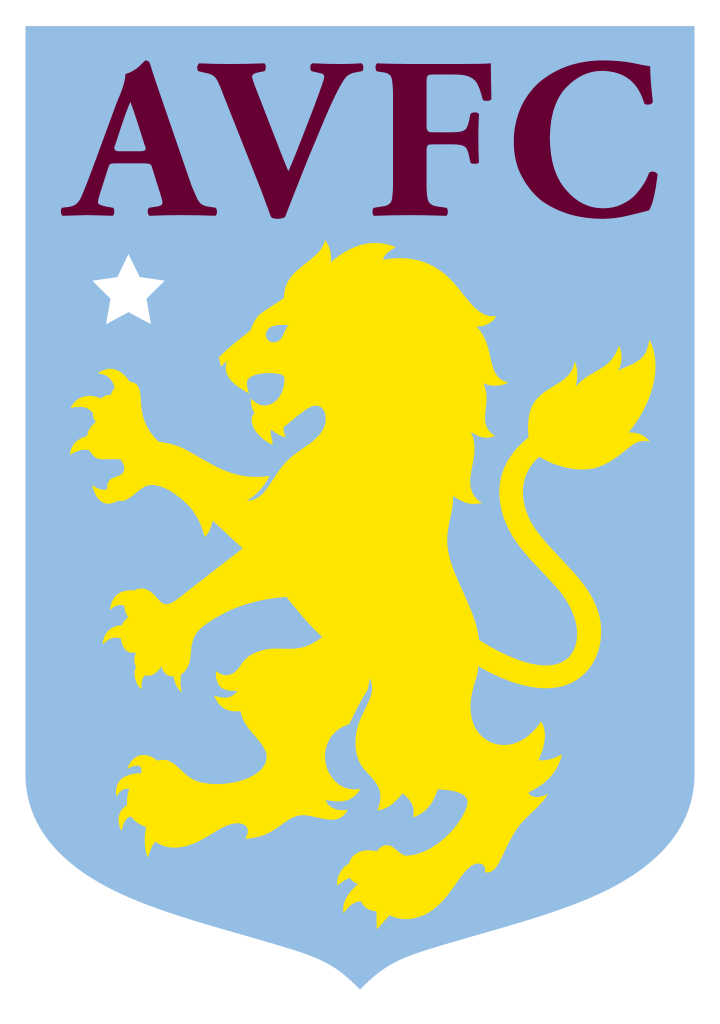





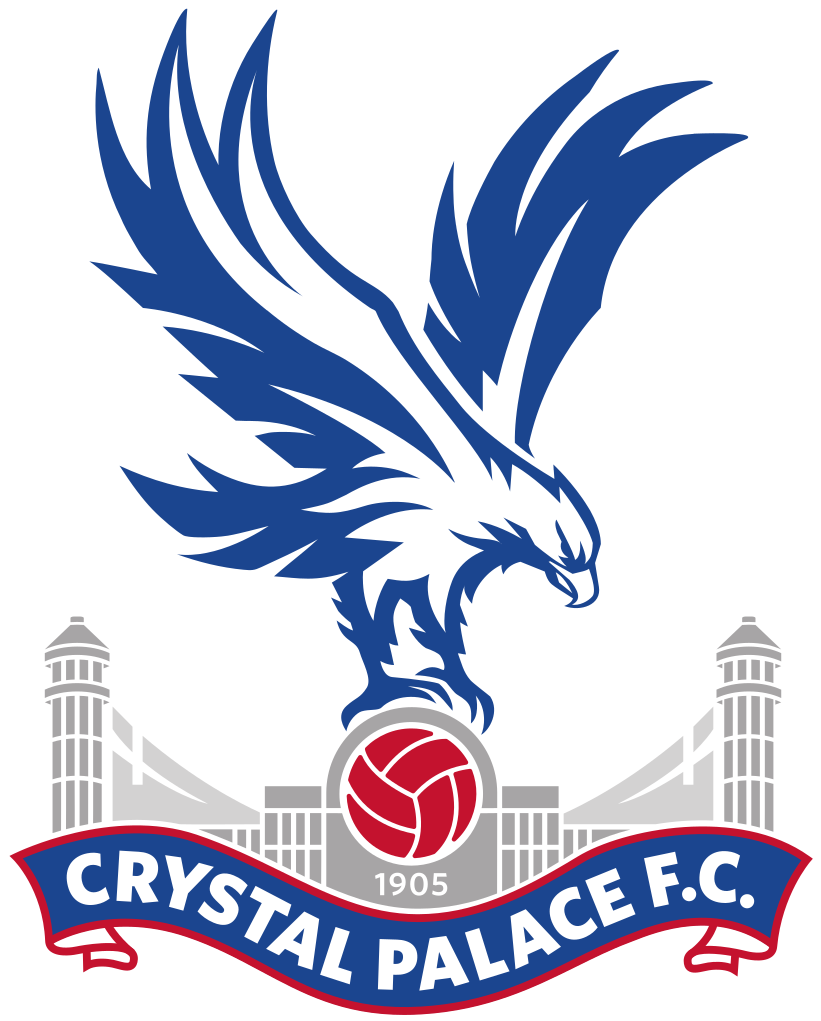

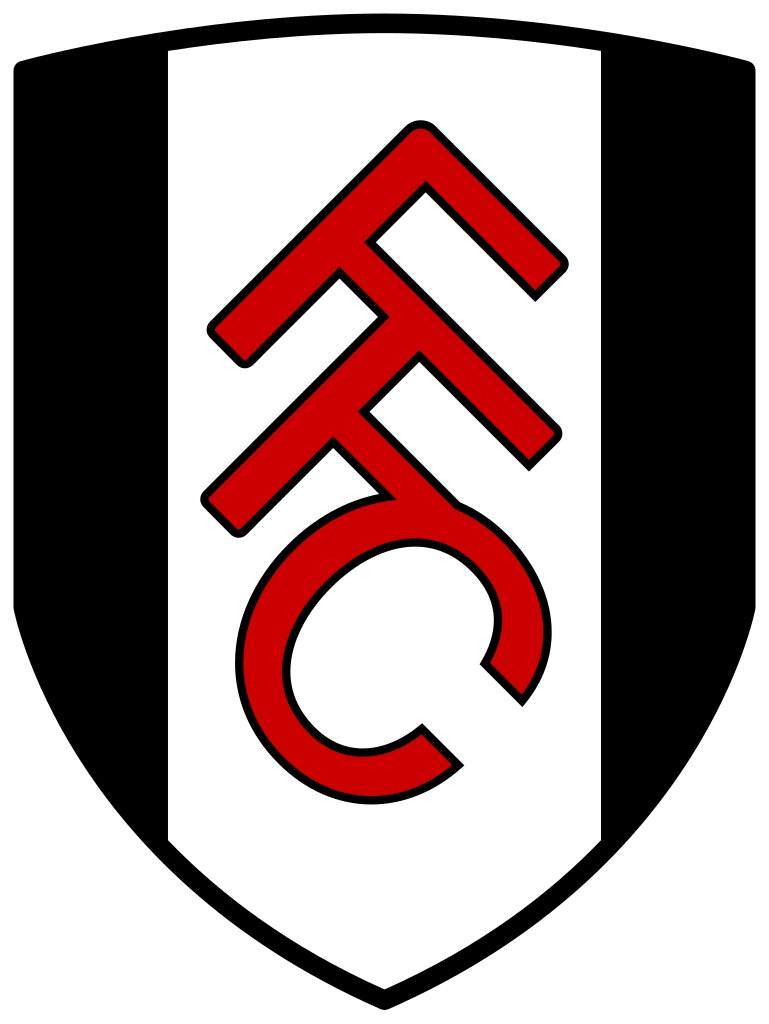
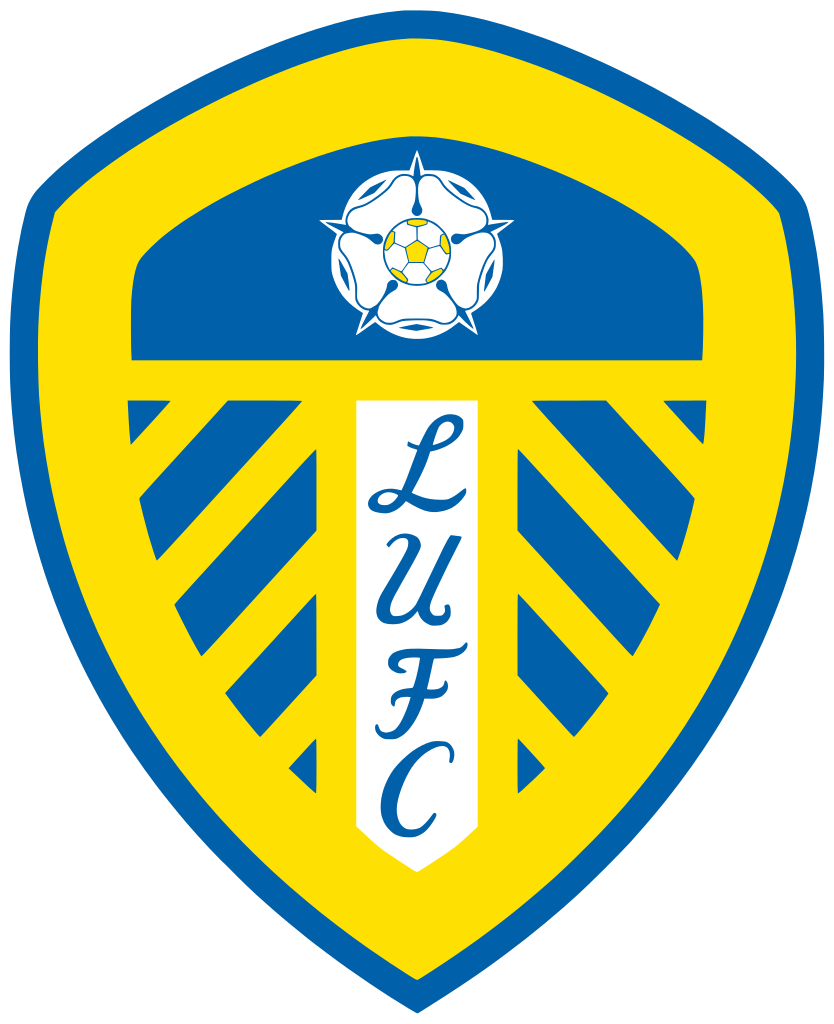
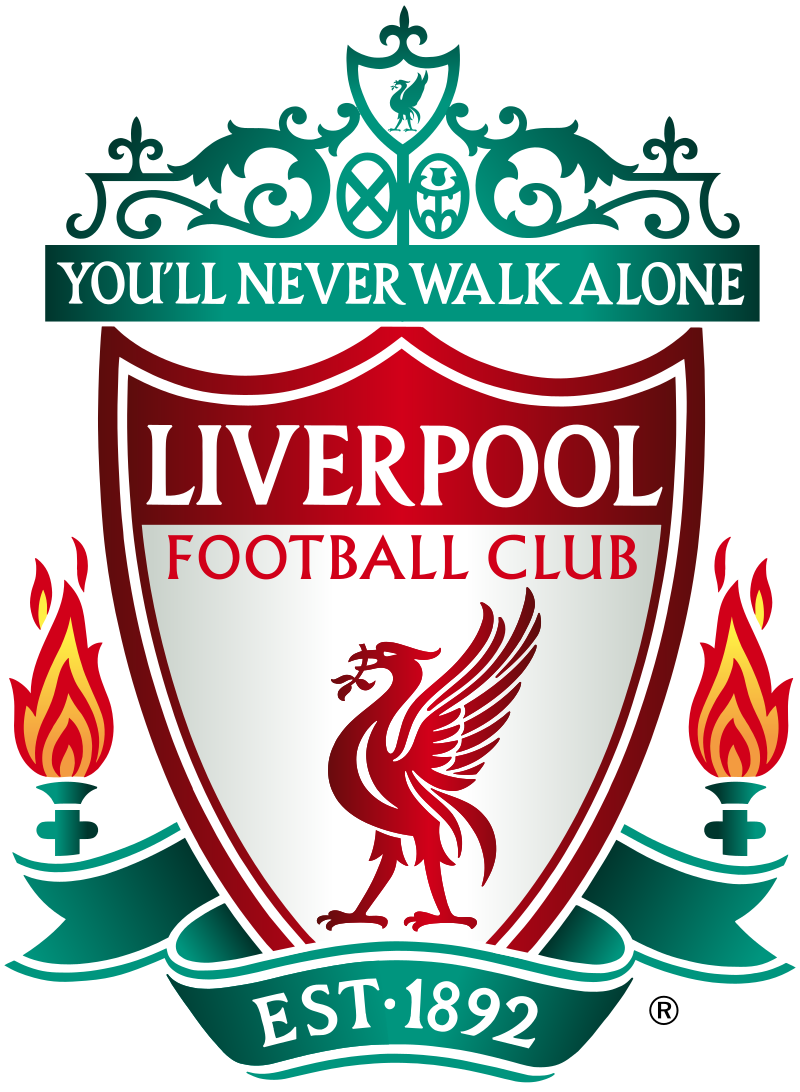




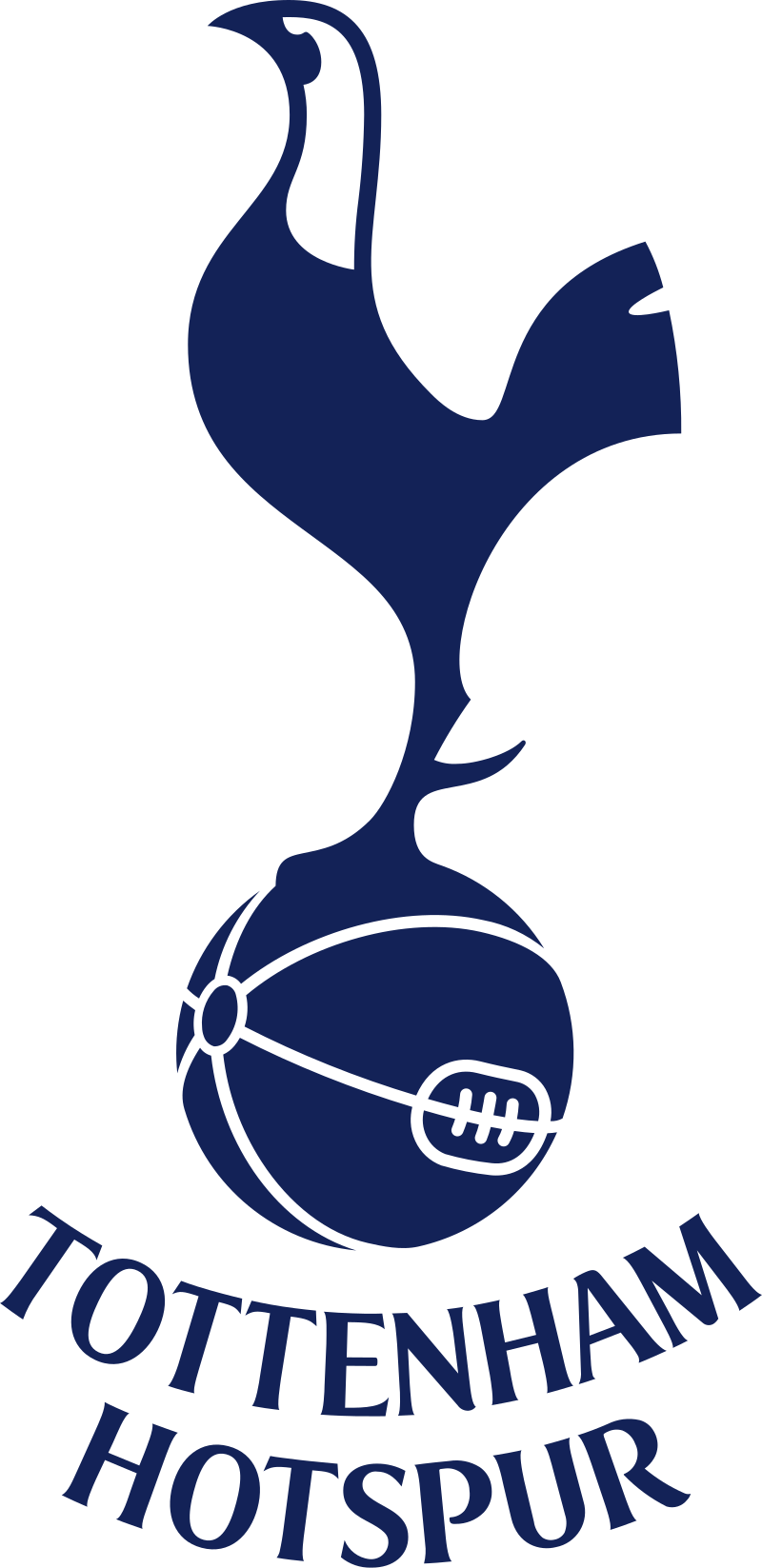



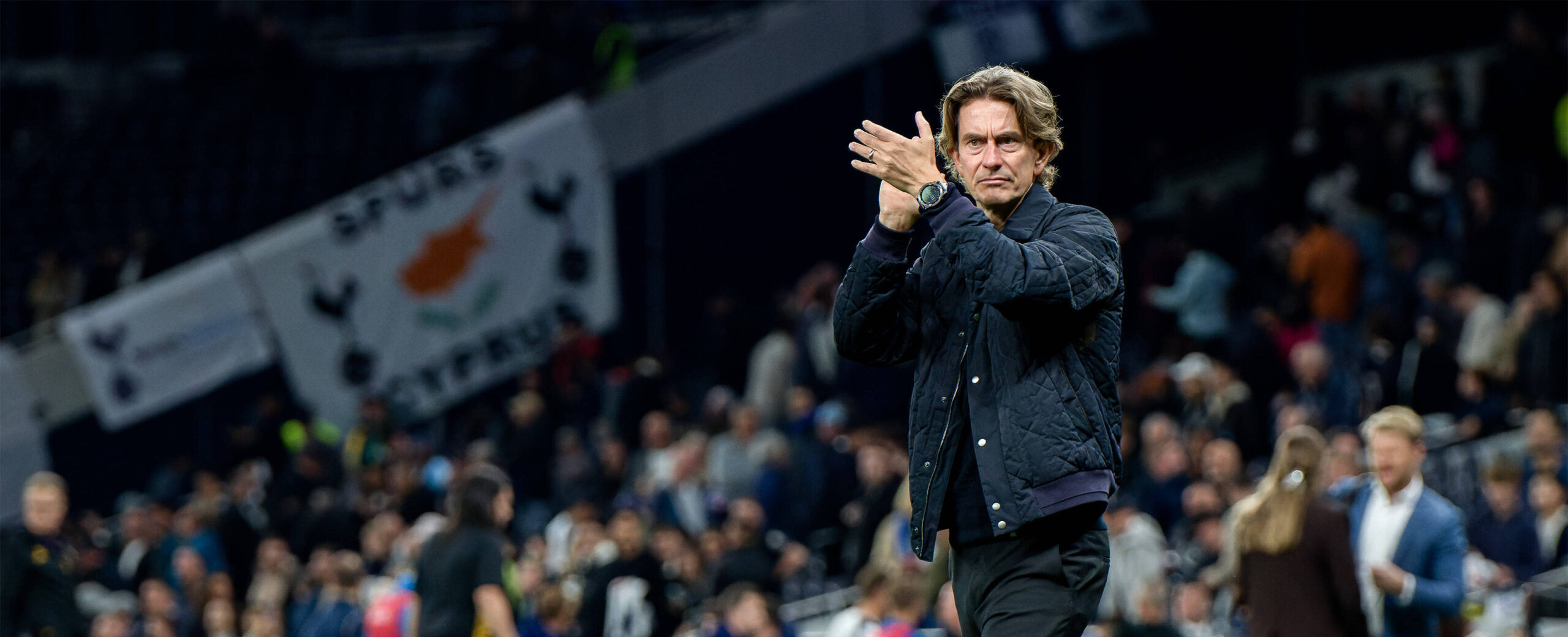
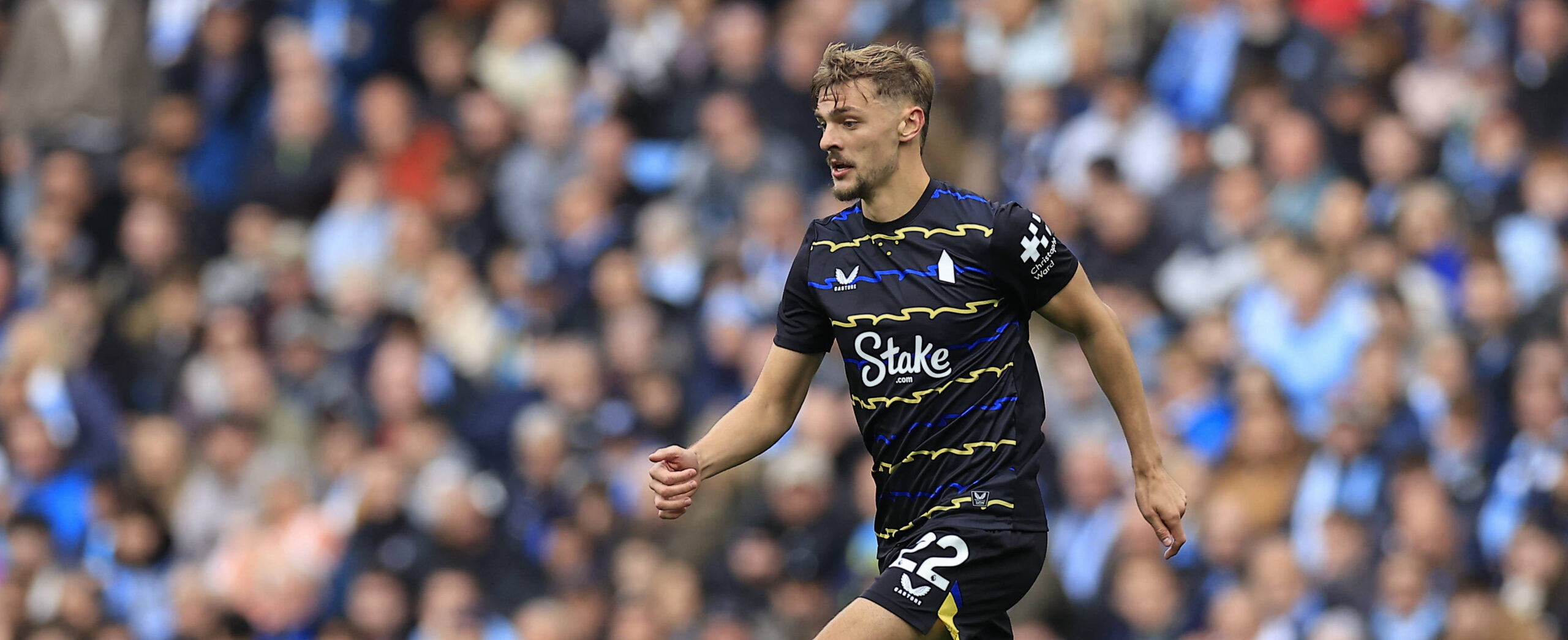

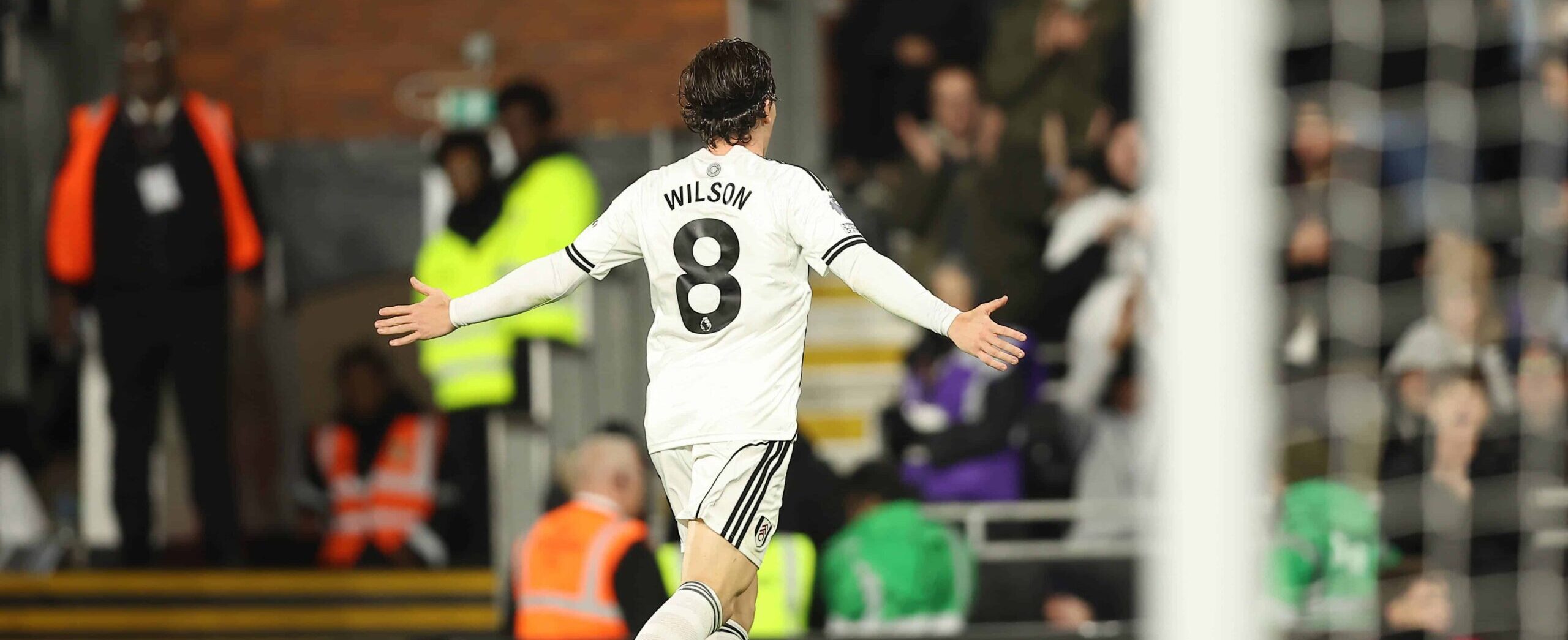
0 Comments
First read message
Leave a comment
Your email address will not be published. Required fields are marked *